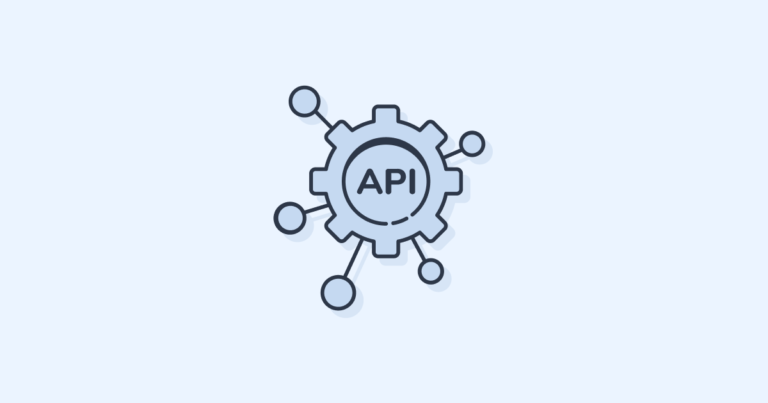Becoming part of an ecosystem is a great way to find distribution and out-compete your competition by being easier to find and implement.
Why it’s a good idea
The various mobile app stores generate tens of billions of dollars each year in revenue. There are also numerous platform-specific app stores (Steam for PC games, Docker for cloud software deployment), and platform ecosystems such as Shopify, Zapier, Facebook, Slack, Airtable… the list goes on and on.
By integrating with an existing platform or ecosystem, you can open up an entire audience of users who can implement and begin using your product with the click of a button. You can sidestep the (sometimes disastrous) implementation stage and get right to the aha moment.
Integration can be a significant advantage over the non-integrated competition, particularly if your product requires hands-on code changes to push live.
Think about all of the paid plugins and integrations that help WordPress be such a robust option for many businesses. Many of these plugins are made better and more successful because of the 1-click plugin installation process.
Mailchimp is an excellent example of a product that people recommend based on easy integrations with other marketing tools (and CMS’s).
🌟 This Guide is Part of a Series of Marketing Patterns
For more free and ready to use marketing strategies just like this one, view the full marketing patterns library.
Strategy Analysis
How to pick the right ecosystem
The best results are reserved for products that solve a real problem and can identify complementary software or solutions that their best prospects use.
An example is extending a platform (such as Memberful does with Discourse or Campaign Monitor, by providing paid-subscription access). If you’re looking to run a paid newsletter with Campaign Monitor, or a paid membership for discourse, this is probably the best option (especially if you’re on WordPress). However, if you’re looking to collect general payments from subscribers, there are many other, better options for that. It’s the combination of the two platforms that make the integration attractive and productive.
Pipedrive is a sales platform and has a robust marketplace of third-party integrations that help its product become more useful and integrate with other tools to help users close sales.
Tell people about it
The foremost audience you’ll want to get in front of are users of the platform you’re integrating into.
Each platform typically highlights integrations and has some editorial curation (staff picks, popular, new). Once your integration is complete, send a pitch and try to get featured and recommended to customers.
Another way to get in front of the existing users (who are more likely to install your integration than the general population) is to guest post on the platform site or do a webinar.
If you’ve got a very clearly defined pain point that your product solves, it’s easy to push into search (SEO and SEM) with targeted content.
There are also roundups of ideas and ways to be more productive on specific platforms, such as “10 Shopify apps to install to boost your sales,” or “Automate backlink checking with Airtable and these two add-ons.”
Free, Trials, and Upgrades
Eliminating friction (upfront payment, prior subscription required, etc.) can prove fruitful. Many vendors have seen success by offering free trials (common on the Shopify App Store, for example). This works well with platform ecosystems that provide first-party billing.
Free versions of products or services can work well, too, with well-implemented upgrade nags and attractive discounts bundled into the product integration.
One thing to consider is context; if your product is far more robust outside of that particular installation context, you may consider offering a platform-specific plan that pares down on functionality. An example would be a service that offers a full suite of product marketing utilities, along with a database and outbound email. Many of these services don’t apply to a WordPress environment or duplicate certain functionality, so a scaled-back plan for just the complimentary essentials could be successful.
Tech and Tools
The vast majority of meaningful integrations require development resources. Indeed, they are made easier if you have an API of your own (which also enables you to become an ecosystem if you wish).

